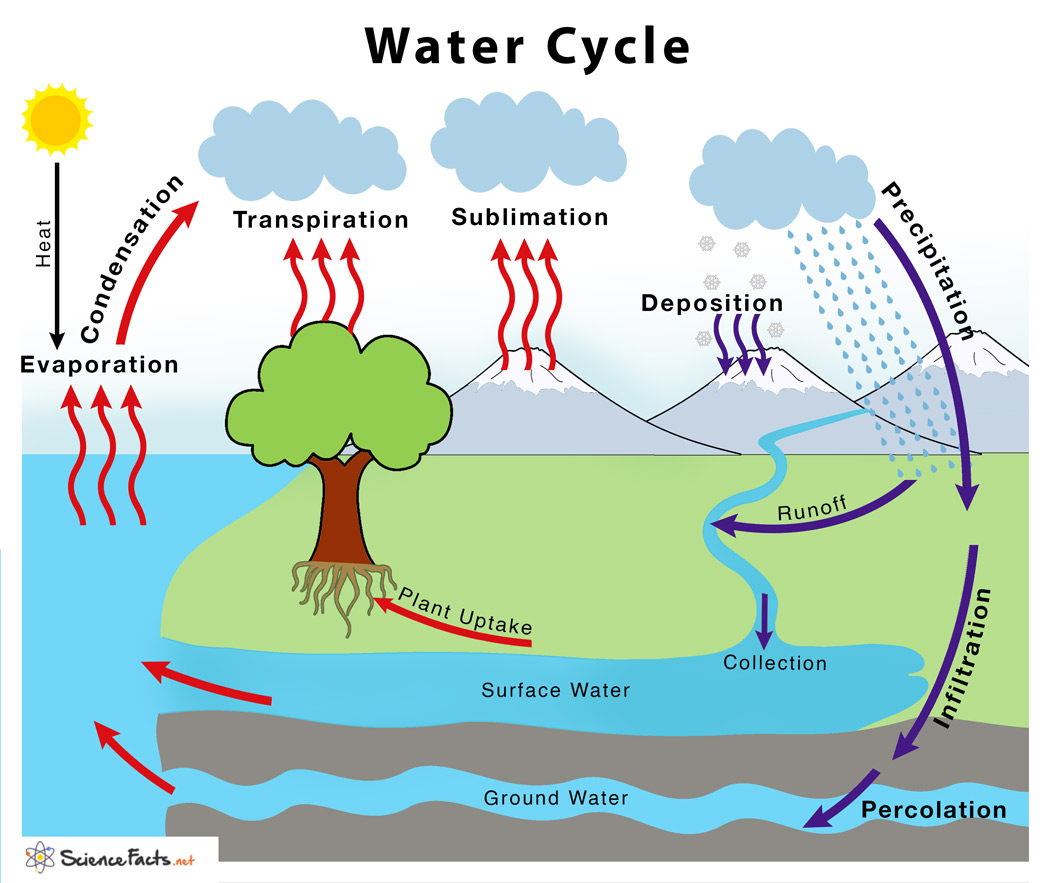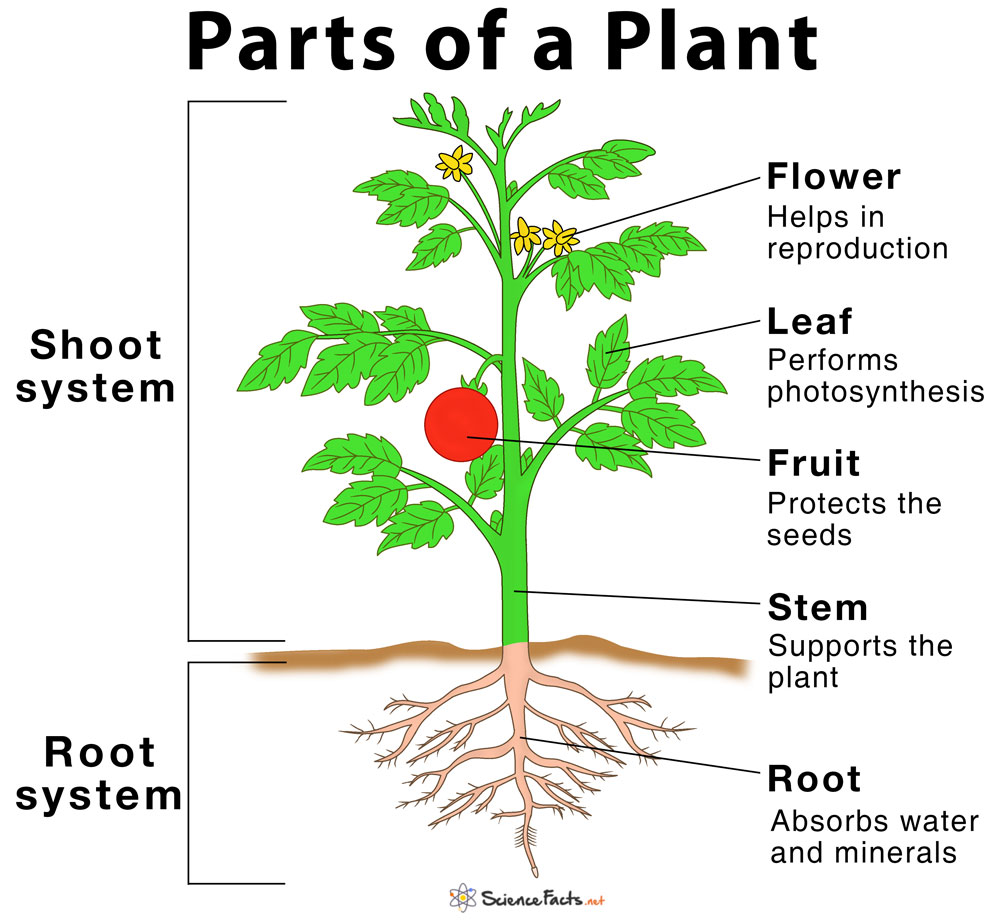Discover Pandipedia
Pandipedia is the world's first encyclopaedia of machine generated content approved by humans. You can contribute by simply searching and clicking/tapping on "Add To Pandipedia" in the answer you like. Learn More
Expand the world's knowledge as you search and help others. Go you!

Artificial intelligence (AI) is powered by several key technologies and concepts. At its core, AI utilizes machine learning and deep learning technologies, which involve training algorithms to make predictions or decisions based on data. These algorithms learn from the data using various techniques, such as supervised learning, unsupervised learning, and reinforcement learning[5][6].
Machine learning involves creating models by training an algorithm on data to enable computers to learn from and make decisions without being explicitly programmed for tasks. This includes algorithms like neural networks, which are modeled after the human brain's structure and process complex data[5][6]. Neural networks are especially effective in recognizing patterns and relationships in large datasets.
Deep learning, a subset of machine learning, uses multilayered neural networks called deep neural networks. These networks automate feature extraction from large datasets, enabling machines to learn from unstructured data and make accurate predictions[5][6].
Additionally, artificial intelligence systems incorporate technologies for natural language processing (NLP) and computer vision, allowing machines to understand and respond to human language and identify objects in images and videos[5].
Overall, the development of AI relies on combining these technologies to enable systems to simulate human learning, comprehension, problem-solving, decision-making, and creativity[5][6].
Let's look at alternatives:
- Modify the query.
- Start a new thread.
- Remove sources (if manually added).
- Request a manual search from our human research team.
Let's look at alternatives:
- Modify the query.
- Start a new thread.
- Remove sources (if manually added).
- Request a manual search from our human research team.
Get more accurate answers with Super Search, upload files, personalised discovery feed, save searches and contribute to the PandiPedia.

The first stone for the Bell Rock Lighthouse was laid on the 10th of July, 1808, at a depth of 16 feet below the high-water mark of spring tides[1].
Let's look at alternatives:
- Modify the query.
- Start a new thread.
- Remove sources (if manually added).
- Request a manual search from our human research team.

Many aspects that were considered normal 20-25 years ago are now viewed as luxuries. For instance, paying no more than 30% of income in rent is now a luxury, alongside accessing affordable basic needs and services, and enjoying quality customer service without automated systems[1][3][4]. Additionally, owning new furniture made of real wood, being reachable only during business hours, and enjoying the comfort of legroom on airplanes have all become rare privileges[1][2][3].
Cultural experiences such as free driver’s education classes and family vacations that were once commonplace are now increasingly elusive[2][3]. The expectation of high-quality, durable products—like clothing and household items—has shifted, with many items now requiring subscriptions or not lasting long[1][4]. Furthermore, the rising costs of healthcare and meals on flights have also contributed to the perception of these once-normal experiences as luxuries[1][2]. Overall, the transformation highlights how accessibility and affordability have diminished, turning everyday life into something that requires significant financial resources[4].
Let's look at alternatives:
- Modify the query.
- Start a new thread.
- Remove sources (if manually added).
- Request a manual search from our human research team.
The longest-living animal is the glass sponge, which can live for up to 10,000 years, making it one of the oldest known creatures on Earth[1]. Additionally, the Antarctic sponge is remarkable for its lifespan, with estimates ranging from 5,000 to 15,000 years[1].
In terms of vertebrates, the Greenland shark holds the record, with a lifespan of 300 to 500 years[2][3][4]. Meanwhile, the immortal jellyfish can revert to its earlier life stage, theoretically allowing it to live indefinitely under the right conditions, living over 500 years[3][4].
Let's look at alternatives:
- Modify the query.
- Start a new thread.
- Remove sources (if manually added).
- Request a manual search from our human research team.

The Resource-Based View (RBV) is a strategic management framework that emphasizes the significance of a firm's internal resources and capabilities in achieving competitive advantage and superior performance[18][7][8][30][32]. Instead of focusing on external factors, RBV posits that a company's unique assets and capabilities are the key to long-term success[7]. It is an approach to achieving competitive advantage that emerged in the 1980s and 1990s[2]. RBV is considered an inside-out approach when analyzing a firm, meaning the analysis starts with the internal environment of the organization[6].
Here's a more detailed breakdown:
* Focus on Internal Resources: RBV proposes that internal strategic factors play a more critical role than external ones in developing a firm’s competitive advantage[8]. It emphasizes leveraging a firm’s resources, including assets, capabilities, and competencies[3].
* Resources and Capabilities: In RBT, resources refer to assets, business processes, capabilities, firm attributes, knowledge, and information controlled by a company to implement strategies[1]. Company resources can be grouped into physical capital, human capital, and organizational capital[1]. Capabilities represent a subset of non-transferable company-specific resources that improve the productivity of obtaining other resources[1].
* Two Types of Resources In the RBV model, resources are given the major role in helping companies to achieve higher organizational performance[2]. There are two types of resources: tangible and intangible[2]. Tangible assets are physical things, such as land, buildings, machinery, equipment, and capital[2]. Intangible assets are everything else that has no physical presence but can still be owned by the company, such as brand reputation, trademarks, and intellectual property[2].
* Assumptions: The two critical assumptions of RBV are that resources must be heterogeneous and immobile[2][5][18]. Heterogeneous means that skills, capabilities, and other resources that organizations possess differ from one company to another[2]. Immobile means that resources are not mobile and do not move from company to company, at least in the short-run[2].
* VRIN/VRIO Framework: To achieve a sustained competitive advantage, resources should be valuable, rare, inimitable, and non-substitutable (VRIN)[2][6][18][30]. The VRIO framework is a variation of RBV that focuses on the four key attributes of resources: value, rarity, inimitability, and organization[4]. The VRIO model proposes the new criteria of the organizational embeddedness of a resource[1].
* Competitive Advantage: RBV holds that sustained competitive advantage can be achieved more easily by exploiting internal rather than external factors as compared to industrial organization (I/O) view[2]. A firm is said to have a competitive advantage when it implements a value-creating strategy not simultaneously being implemented by any current or potential competitors[5].
* Criticisms: The traditional RBT is limited when explaining how some organizations gain a competitive advantage in an unpredictable and rapidly changing business environment[1]. The value creation idea that has been proposed based on this theory regarding valuable resources is tautological and static[1].
* Application: Beyond being used in strategic management, RBT has been adopted and applied in other business management areas, both in a qualitative and quantitative manner[1]. To date, the application of RBT has been extended to various business studies such as marketing, operational management, economics, supply chain management, information systems, and entrepreneurship[1].
RBV is a useful framework for analyzing an organization's internal and external environment and identifying its strengths and weaknesses[5][6]. By focusing on internal resources and applying frameworks like VRIO, companies can develop unique capabilities and strategies for sustained competitive advantage[4][7][30][32]. However, it's important to also consider external factors and adapt to changing market conditions[3][7][30].
Let's look at alternatives:
- Modify the query.
- Start a new thread.
- Remove sources (if manually added).
- Request a manual search from our human research team.
Get more accurate answers with Super Search, upload files, personalised discovery feed, save searches and contribute to the PandiPedia.
How the Water Cycle Works

The water cycle, also known as the hydrologic cycle, is a fundamental process that describes the continuous movement of water on, above, and below the Earth's surface. This cycle involves various phases and processes that are essential for maintaining water distribution and availability on our planet. The key components of the water cycle include evaporation, condensation, precipitation, runoff, infiltration, and transpiration, all of which work together to ensure the circulation of water.
Evaporation and Condensation

Evaporation is the process through which water transforms from a liquid state to water vapor due to heat energy. This primary phase of the water cycle occurs when the sun's energy causes water to evaporate from oceans, lakes, rivers, and other surface water bodies[2][3][4][6]. As water vapor rises into the atmosphere, it undergoes condensation, transitioning back into liquid form to form clouds[1][7].
Precipitation and Runoff

Condensation leads to cloud formation, which eventually results in precipitation in the form of rain or snow[1][5][7]. Precipitation is a crucial stage in the water cycle as it brings water back to the Earth's surface. Once precipitation occurs, water can take different paths. It can flow over the surface as runoff, recharging rivers, lakes, and oceans[3][4]. Runoff also plays a significant role in carrying nutrients and sediments to various parts of the ecosystem.
Transpiration and Infiltration

Transpiration is the process where water vapor is released by plants as part of their metabolic activities[4]. This process contributes to the water cycle by returning water to the atmosphere. Infiltration is another key phase where water seeps into the soil, replenishing groundwater reservoirs[3][6]. Groundwater serves as a vital storage system that maintains the balance of the water cycle by slowly releasing water into rivers, lakes, and other water bodies.
The Role of Sun's Energy

The water cycle is primarily driven by the sun's energy, which provides the heat necessary for evaporation to occur[4][5]. The sun's energy powers the entire cycle, from evaporation to condensation, precipitation, and other phases of water movement. The continuous interaction between sunlight, water, and the Earth's surface ensures the perpetuation of the water cycle.
Impact of Human Activities
While the water cycle is a natural and dynamic process, human activities can significantly impact its functioning[6]. Factors such as deforestation, urbanization, and pollution can alter the water cycle by affecting precipitation patterns, water availability, and ecosystem health. It is essential to consider the human impact on the water cycle and take measures to preserve this critical natural system.
Conclusion
In conclusion, the water cycle is a complex and interconnected system that regulates the movement of water throughout the Earth. From evaporation and condensation to precipitation, runoff, and infiltration, each phase of the water cycle plays a vital role in maintaining the global water balance. By understanding how the water cycle works and the factors that influence it, we can better appreciate the importance of water conservation and sustainable water management practices.
Let's look at alternatives:
- Modify the query.
- Start a new thread.
- Remove sources (if manually added).
- Request a manual search from our human research team.
Let's look at alternatives:
- Modify the query.
- Start a new thread.
- Remove sources (if manually added).
- Request a manual search from our human research team.

Thunderstorms are powerful due to the rapid rise of warm, moist air, which creates instability in the atmosphere. As this air ascends, it cools and condenses, forming cumulonimbus clouds that can reach great heights, sometimes over 10,000 meters, leading to intense weather phenomena. The strength of thunderstorms is further amplified by the strong updrafts that can exceed 100 km/h (62 mph) and the formation of downdrafts as precipitation begins, which contribute to powerful winds and tumultuous conditions[1][4][5].
Additionally, thunderstorms generate electrical charges through collisions of water droplets and ice particles within the clouds, resulting in lightning, which superheats the air and creates thunder. This discharge of energy, along with the potential for severe winds and hail, makes thunderstorms particularly dangerous[1][4][5].
Let's look at alternatives:
- Modify the query.
- Start a new thread.
- Remove sources (if manually added).
- Request a manual search from our human research team.

Major sports events have a profound influence on economies, stimulating various sectors and fostering long-term benefits. These impacts can be observed in areas such as employment, infrastructure development, tourism, and local business enhancement.
Job Creation and Employment Opportunities
One of the most significant contributions of major sports events is the creation of jobs. These events demand a large workforce, providing direct employment opportunities not only for athletes but also for coaches, staff, and event management teams. Additionally, ancillary services such as marketing, hospitality, broadcasting, and security further expand job opportunities[1][6]. Specific examples illustrate this impact: the hosting of the World Cup in various countries led to massive employment generation, as seen in Brazil and Russia, where significant funds were allocated to prepare for these events[2].
As these events often require temporary staffing for event-day operations, they lead to job creation in hospitality and service sectors, significantly reducing local unemployment rates and elevating individual incomes[1][3]. The culmination of these benefits has been a notable increase in consumer spending, stimulating economic activity.
Infrastructure Development

Hosting major sports events necessitates considerable investment in infrastructure. This frequently involves the construction or renovation of stadiums, arenas, transportation systems, and accommodation facilities, creating substantial economic stimuli both during and after the event[1][3]. For example, Qatar's allocation of $220 billion for the World Cup is indicative of how major events advance infrastructure development, yielding long-term economic benefits[2].
Such infrastructure projects create immediate job opportunities in construction and engineering and lead to enhanced facilities that attract future events. Economic growth from this investment is not merely limited to event time; studies have shown that host cities often experience continued economic benefits in the form of increased tourism and business investment in the years following these events[3][6].
Boosting Tourism and Local Business
Major sports events serve as powerful catalysts for tourism. They draw large numbers of domestic and international visitors, significantly enhancing local economies. Visitors generate demand for accommodation, dining, transportation, and various services, providing a substantial boost to local businesses[1][4].
For instance, an analysis of the impact of the World Masters Games indicated that these events not only brought participants but also their families and friends, who contributed to economic activity through spending during their stays[6]. This presents a remarkable opportunity for local enterprises, as the influx of tourists translates into increased revenue across different sectors.
Moreover, sports tourism specifically promotes local culture and encourages spending in local restaurants, shops, and attractions. This is further enhanced when visitors are introduced to the unique cultural aspects of the host city, fostering interest in local products and experiences[3].
Long-term Economic Impacts

The economic influence of major sports events often extends beyond immediate gains. Studies indicate that such events can significantly enhance a city’s or region’s reputation as a sport tourism destination, leading to future economic benefits derived from increased tourism[6].
Additionally, investment in sports infrastructure can raise real estate values, as the visibility and attractiveness of the area improve post-event. This fosters a more robust local economy as businesses flourish and demand for housing increases[3][4].
Furthermore, the existence of successful sporting events can lead to sustainable development opportunities, whereby cities aim to maintain the economy’s momentum by hosting subsequent events, thereby continually boosting their economic profile[3][5].
Health and Community Benefits
The relationship between sports and public health is another crucial aspect of the economic impact discourse. Engaging communities in sports often translates into improved public health outcomes, which can lead to reduced healthcare costs and increased productivity in the workforce[1][5].
By promoting an active lifestyle and a healthy population, communities not only enhance their quality of life but also experience indirect fiscal benefits in the form of healthier, more productive employees. This shift not only reduces absenteeism but also enhances the overall economic output of the workforce[1].
Moreover, community cohesion fostered through local sports teams and events can enhance social capital, leading to improved civic pride and potentially attracting new businesses to the area[1][4].
Conclusion
The substantial economic impacts of major sports events encompass job creation, infrastructure development, tourism benefits, and long-term economic growth. As evidenced by developments in various regions globally, these events not only stimulate immediate economic activity but also lay the groundwork for sustained development in the future. Through strategic planning and investments in the sports sector, communities can harness these benefits, leading to robust economic growth and enriched societal welfare.
Economic analyses indicate that careful evaluation of these impacts can guide policymakers and stakeholders in making informed decisions, ensuring the potential of sports events is fully realized for sustainable progress[3][6].
Let's look at alternatives:
- Modify the query.
- Start a new thread.
- Remove sources (if manually added).
- Request a manual search from our human research team.